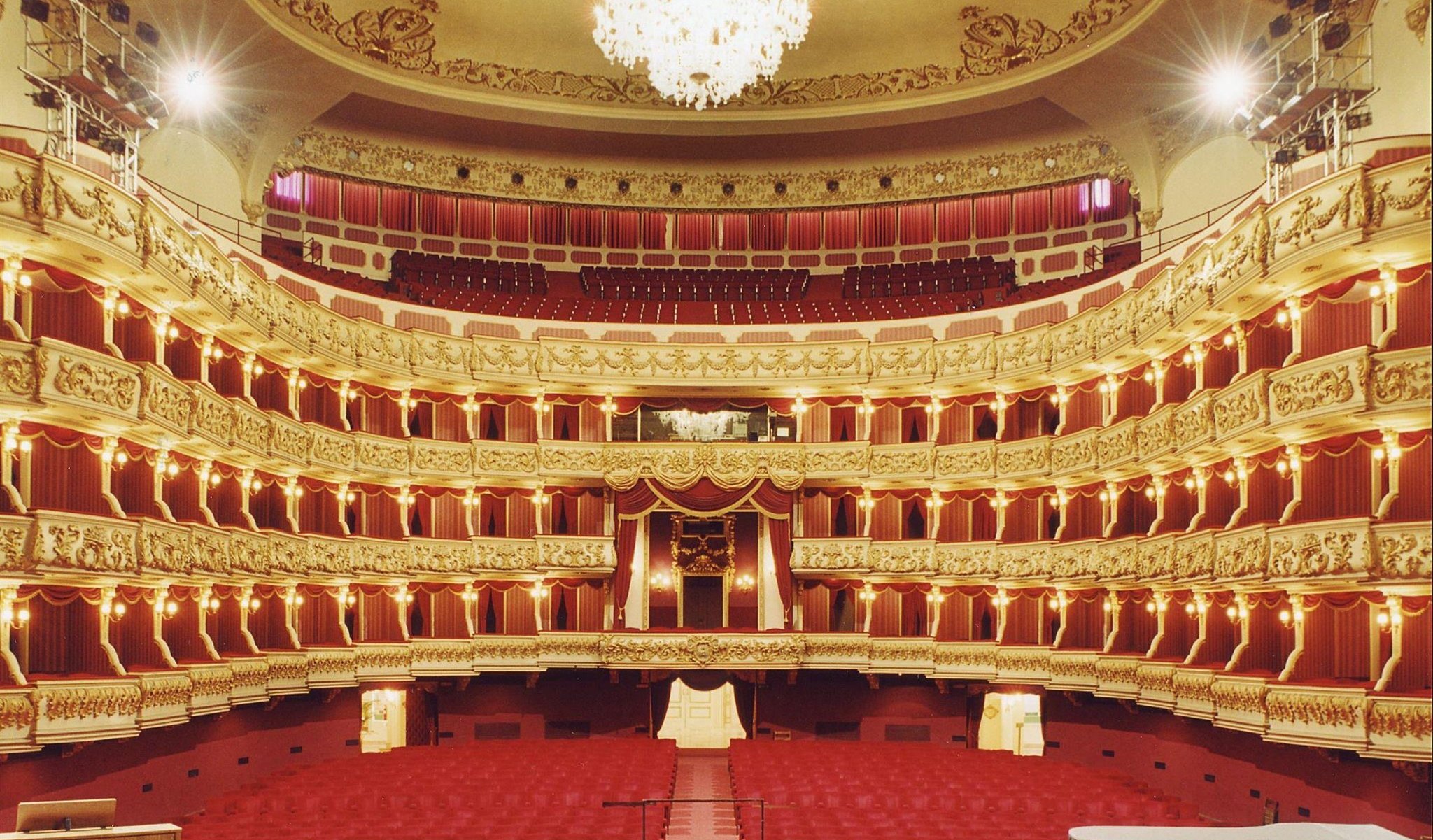
Tour: Bach, Fischer, Beethoven
Braunstein, Fischer
Program
Featuring
Other information
The event is about 2.5 hours long.
About the event
Dances – They have such variety, and to all sorts of music! The concert will open with the origo of all music, Bach, who preferred not to venture into genres he considered too casual or lighthearted; but when he did, he made sure for the music to incorporate connections, systems and depths beneath its surface. Bach’s suite will be followed by another suite composed by Ivan Fischer, who is also the conductor of the orchestra. His work is an homage to Bach, and its movements conjure up Brazil, America and Argentina. The composition celebrating the unity of nations and peace will feature Israeli Guy Braunstein, hailed by the international press as “a shaman and storyteller with the violin”. After the intermission, the concert will continue with a Beethoven symphony, which became world-famous for its funeral march, and was described by Wagner as “the apotheosis of the dance”, a work that expands the previously known boundaries of the genre.
Bach’s last orchestral suite is a perfect opener; the composer called the entire work “Ouverture” with good reason. The first movement invokes the dotted notes and sublime atmosphere of overtures to French operas – with a bit of Italian seasoning. Then, adjusted to the style of the period, come a series of conventional dances; two Bourrées first; the merry and the mysterious dances take turns to form a single movement. A Gavotte follows, expressing, according to a contemporary account, “joy that never loses self-control.” After the almost mandatory Minuets (two of them) the Suite, set for strings, oboes, trumpets, timpani, and continuo, instead of adding another dance movement, culminates in a ceremonial Réjuissance (rejoicing).
A collection of stylized dances — that was the brief description of the suite. In other words, dance numbers that nobody dances to anymore because they have fallen out of fashion. But when the suites were first performed during Bach’s time, the elderly may have still remembered the dances, and may have felt nostalgic. This was Iván Fischer’s thought process when he composed his own suite of dances, whose melodies may sound similarly familiar to the contemporary audience. A Baroque prelude, a samba-like bossa nova, syncopating ragtime, slithering tango, and swing-based boogie-woogie constitute the modern parody of this Bachian form.
The piece has no nickname but it is still known by everyone. It is built on the traditions of Viennese Classicism but leads the way for Romantic composers. Beethoven’s Seventh Symphony has a special place in his oeuvre even without a program or the use of human voice. The symphony was composed, with some exaggeration, thanks to Johann Maelzel, the inventor of the metronome, who commissioned a piece from Beethoven for his “mechanical orchestra.” That piece was premiered on December 8, 1813 at a charity concert organized for soldiers wounded in war, where Symphony No. 7 was also performed for the first time. This work, written as the companion piece to Symphony No. 8, is grand in its form and bold in its harmonies. This last characteristic is shown immediately in the slow introduction of the fast-paced opening movement. The not-too-slow second movement in dark A-minor evolves through the continuous development of a single motif. In the whirlwind, stormy scherzo, only the more restrained trios offer some moments of calm, and then the finale further accelerates the tempo, intensifying the wildness, and the obsessive joy.